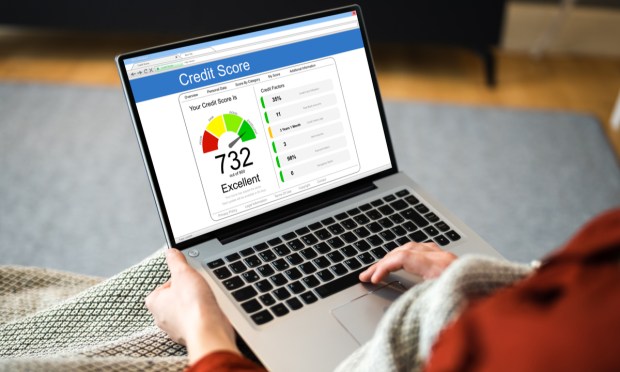Credit-Building Apps Ease Financial Wellness Path for High-Debt Gen Xers

In an era of increasing price levels and eroding purchasing power, having a high credit score is vital for accessing credit and maintaining financial stability.
In “The Credit Accessibility Series: Declining Purchasing Power Pushes Consumers to Improve Credit Scores,” PYMNTS Intelligence draws on insights gathered from a survey of nearly 2,600 U.S. consumers to determine how successful they were in their goal to improve their credit scores using different tools available in the market.

Findings captured in the joint PYMNTS-Sezzle study reveals that credit-builder apps have been instrumental in helping consumers improve their credit scores. In fact, compared to consumers who have successfully increased their credit scores, credit-builder app users are 76% more likely to achieve a score increase of over 100 points.
The data shows that credit-builder app users find it easier to increase their credit scores compared to consumers who are not utilizing such apps. Nearly 60% of these users reported that it was easy for them to improve their credit scores, while only 41% of general consumers who increased their scores shared the same sentiment. This ease of use may be a contributing factor to their higher success rates.
Credit-builder app users are also highly motivated to enhance their credit scores, with 92% actively attempting to do so in the past two years. This level of persistence sets them apart from other consumers who may not prioritize improving their scores. Additionally, credit-builder app users are 44% more likely to have increased their scores by more than 100 points compared to those who are actively trying to raise their scores but not utilizing credit-builder apps.

Interestingly, credit-builder app users and buy now, pay later (BNPL) users tend to have slightly lower average credit scores compared to the general consumer population. However, this does not hinder their determination to improve their scores, as they still achieve greater success in increasing their scores.
The benefits of credit-building apps are not limited to boosting credit scores. These apps have also proven critical in helping consumers tackle their mounting debt burden.
This is one of the key findings detailed in “The Credit Accessibility Series: Economic Malaise Exacerbating U.S. Consumer Debt Levels,” a PYMNTS Intelligence and Sezzle collaboration, which explores how high levels of debt impact different consumers’ credit accessibility, livelihoods and purchasing power.
The data from the study shows that Generation X consumers, who owe the most compared to any other age group, stand to benefit the most from these apps, especially the 40%-plus of this demographic who have debts surpassing $250,000.
Overall, as the popularity of these apps rises, an increasing number of FinTech firms are expected to embrace the trend. Zilch, a U.K.-based ad-subsidized payments network, is one of the latest to do so, recently launching a new credit product called Zilch Up to empower individuals to improve credit scores. The product is particularly targeted at the roughly 5 million people in the U.K. considered credit invisible and excluded from mainstream credit access.
“We want to change this status quo by [democratizing] access to interest free and affordable credit, advancing the lives of millions of families and individuals in managing and planning their day-to-day financial health. In testing, our new product, Zilch Up, has already lifted over 25,000 customers into mainstream credit and we intend to help many more,” Zilch CEO and co-founder Philip Belamant said in a press release earlier this month.

